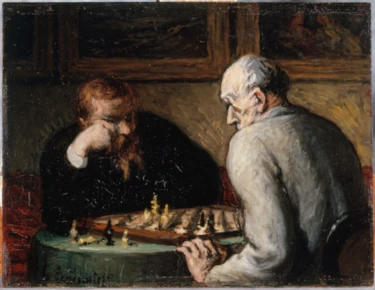
What is greek gift sacrifice chess tactic?
The “greek gift sacrifice” is a chess tactic that involves sacrificing a bishop on h7 (or h2 for black) in order to attack the f2 (or f7) square. This sacrifice can create a decisive advantage if executed correctly. The greek gift sacrifice is a variant of the “Fork” tactic, where the sacrificed bishop forks the King and the f-pawn.
-
The greek gift sacrifice is a named after a game between two Greek players, Andreas Demetriou and Georgios Souleidis in the year 1984. The sacrifice was first introduced in the Sicilian Defense, Dragon Variation, but it can also be played in other openings such as the Pirc Defense, French Defense and King’s Indian Defense.
-
After the sacrifice, the attacking player aims to checkmate the opponent’s king or to gain material. The most common follow-up moves are Bh6, Rg8 and Nf6. The Bh6 move aims to attack the f7 square, Rg8 aims to double the rooks on the g-file, and Nf6 aims to attack the f7 square.
-
The greek gift sacrifice is considered a high-risk, high-reward tactic. If executed correctly, it can lead to a decisive advantage, but if the opponent defends correctly, the attacker can end up losing material or even the game.
How to prevent the greek gift sacrifice?
To prevent the greek gift sacrifice, players should be aware of the potential vulnerability of the f2 (or f7) square and should try to keep it protected. They should also try to anticipate the sacrifice, and should be prepared to defend against it.